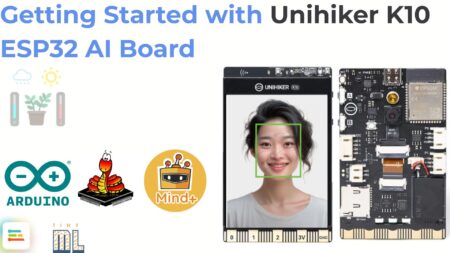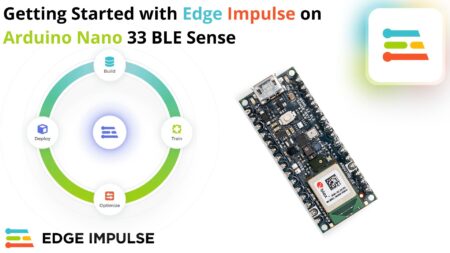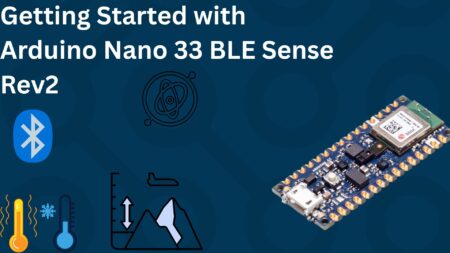A coin-sized device that can recognize your voice, detect a plant disease, or monitor a machine — all without connecting to the internet. That’s the power of TinyML. In this tutorial, we’ll explore the basics of Machine Learning (ML) and how it applies to the exciting world of TinyML — running ML models on tiny, low-power devices like microcontrollers.
What is Machine Learning?
Machine Learning (ML) is a branch of artificial intelligence where computers learn patterns from data instead of following strictly programmed rules. Instead of telling the computer exactly what to do, we give it examples, and it builds a model that can make predictions or decisions. ML powers everything from voice assistants to medical diagnosis systems.
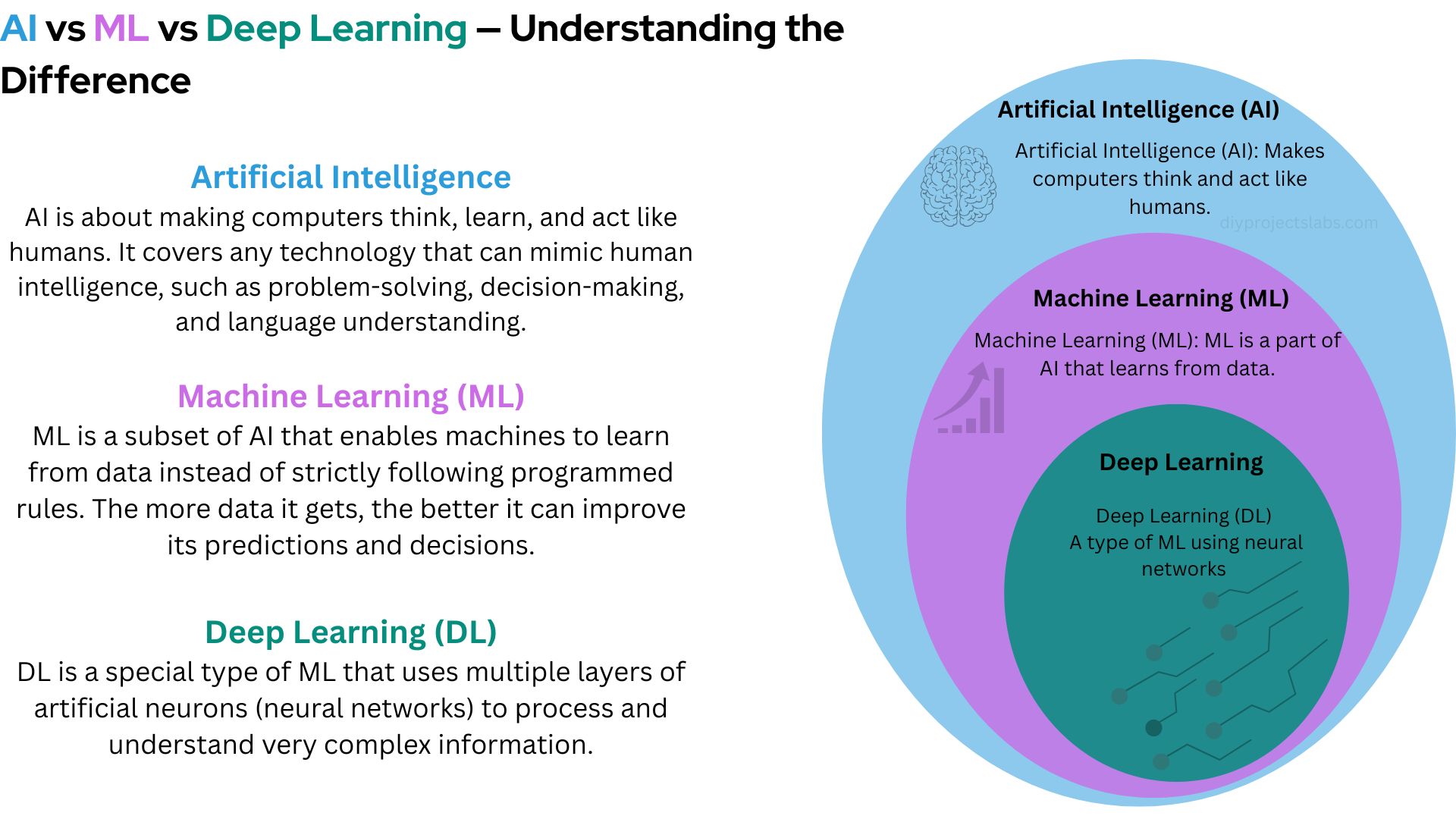
For example:
- Detecting faults in an industrial machine using sensor data
- Recognizing spoken keywords like “Hey Alexa” from raw audio
- Identifying plant diseases from images
ML algorithms learn patterns from raw input data during a process called training. After training, the program (called a model) can make predictions or decisions based on new input data.
Limitations of Machine Learning
Even though ML is powerful, there are challenges when running it on small, low-power devices (microcontrollers):
- Device differences: No standard framework for all hardware types
- Low processing power: Can’t match the speed of cloud computing
- Limited memory: Tiny devices may have only a few KB of RAM, while traditional models need much more
- Model complexity: Hard to fit large, accurate deep learning models into very small devices
What is Embedded ML (TinyML)?
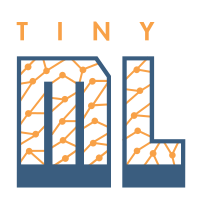
Embedded Machine Learning, or TinyML, means running ML models directly on small hardware devices (like microcontrollers or IoT boards) instead of relying on cloud servers.
- TinyML enables ML tasks (including deep learning) on ultra-low-power devices, often consuming less than a milliwatt of power
- Examples of embedded ML platforms: TensorFlow Lite for Microcontrollers, ARM CMSIS-NN, EdgeML
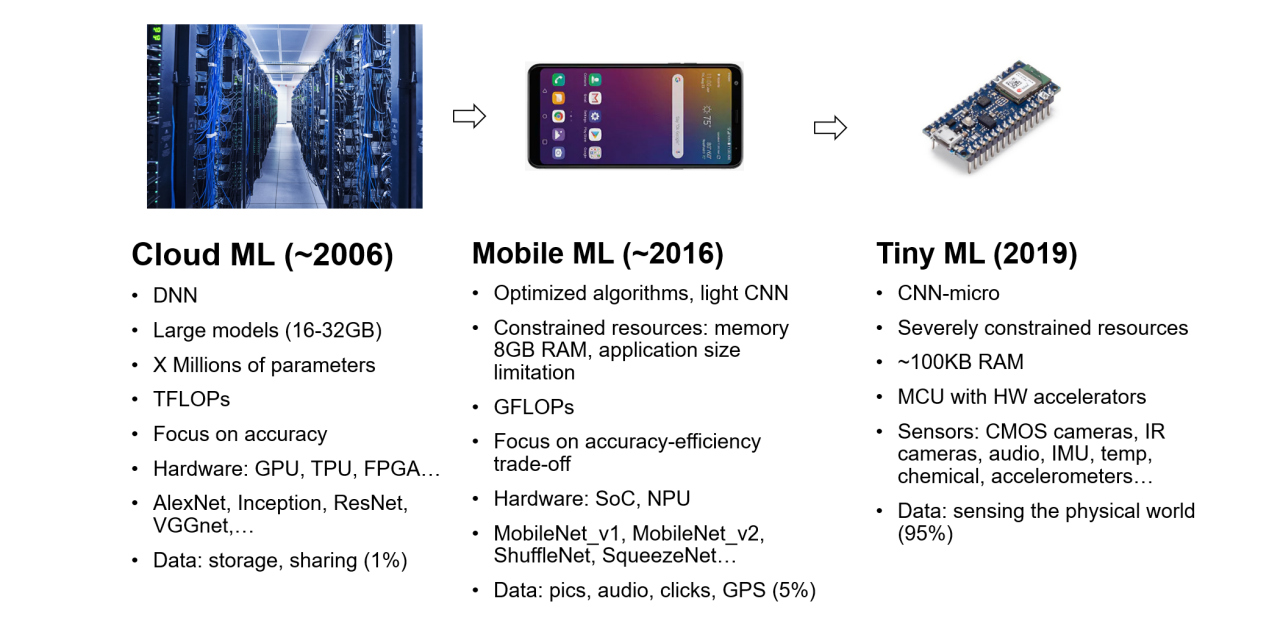
From smartwatches to IoT sensors, TinyML enables billions of devices to become intelligent without relying on constant cloud connectivity.
How Does TinyML Work?
The TinyML workflow combines the power of traditional ML with the constraints of edge devices. It typically involves four steps:
- Model Training: Train on a powerful computer or cloud server, where ML algorithms analyze the data to learn patterns. Neural networks adjust their internal parameters to minimize prediction errors.
- Model Optimization: Compress the model using quantization, weight pruning, or weight clustering so it fits on tiny devices. Tools like TensorFlow Lite or Edge Impulse make this easier.
- Deploying to Device: Load the optimized model onto the microcontroller or embedded hardware.
- Inference: The device makes real-time predictions, like detecting a wake word or classifying sensor data — without internet access.
This process ensures that even devices with minimal resources can perform intelligent tasks efficiently.
Getting Started with TinyML
If you’re curious about TinyML, platforms like Edge Impulse and frameworks like TensorFlow Lite for Microcontrollers make it accessible for beginners and experts alike.
The future of TinyML is bright, and as hardware and algorithms evolve, we’ll see even more innovative applications — from smart agriculture to autonomous drones.
🚀 Ready to try TinyML? Start with a simple project like keyword spotting or gesture recognition using an Arduino Nano 33 BLE Sense and Edge Impulse.
📚 Beginner-Friendly Resources for Embedded ML (TinyML)
If you want to explore Embedded Machine Learning or TinyML (running ML on small, low-power devices), here’s a curated list of articles, books, courses, hardware, and projects to help you get started step-by-step.
📖 Books
- AI at the Edge
- TinyML – classic beginner’s guide
- TinyML Cookbook – hands-on projects
- The TinyML Book – free online resource
🎓 Courses
- Fundamentals of TinyML – HarvardX (Free option)
- Applications of TinyML
- Deploying TinyML
- CS249r: Tiny Machine Learning – Harvard
- Intro to Embedded ML – Udemy
🛠 Hardware for TinyML Projects
- Arduino Nano 33 BLE Sense – beginner friendly
- Google Coral Dev Board Micro
- ESP-EYE & Xiao ESP32S3 Sense
- OpenMV Cam H7
- Raspberry Pi 4 + Pi Camera
📝 Tutorials & Guides
- Google ML Crash Course
- TensorFlow Lite for Microcontrollers Experiments
- ARM Embedded ML for Dummies Guide
⚡ Platforms & Tools
- Edge Impulse – beginner-friendly platform
- TensorFlow Lite for Microcontrollers
- MaixHub


